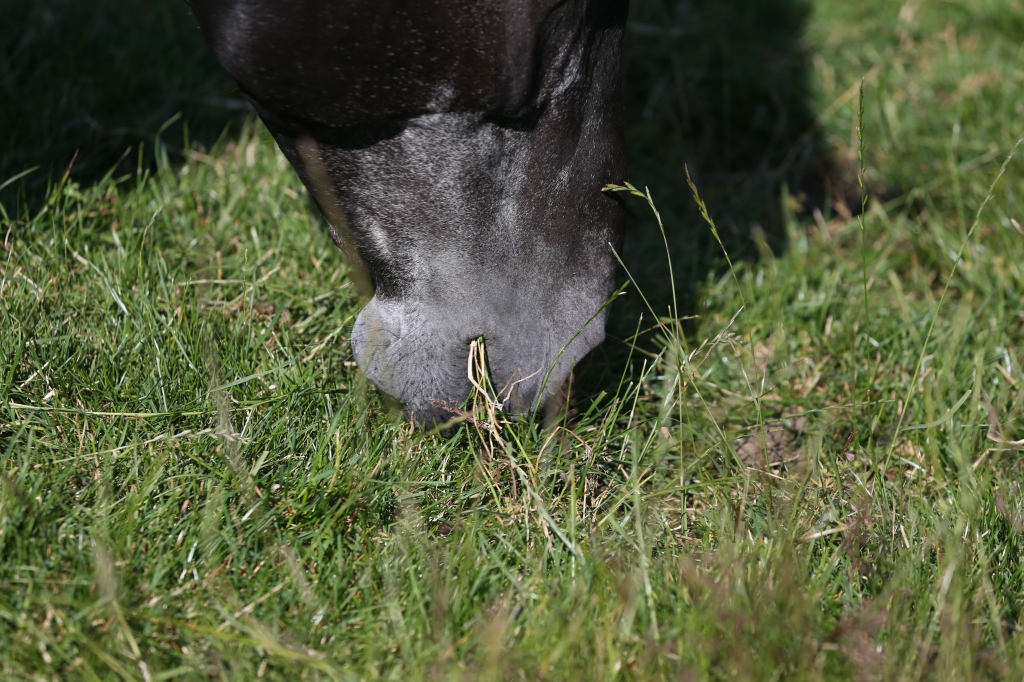
Worming: Always Know Which Parasite You Are Treating And Why, Says Zoetis
Zoetis Inc. is reminding horse owners to be worm aware and always know which parasite they are treating and why, rather than taking the outdated approach of administering a wormer every couple of months and rotating between products.
“Reducing the use of wormers by only using them when you know what you are targeting and why, such as when treating for encysted small redworm, together with using diagnostic tests and regular drug resistance testing are the most effective ways to minimise the risk of drug resistance,” said Dr Wendy Talbot, National Equine Veterinary Manager at Zoetis.
“This is an approach Zoetis has been following for a number of years, on the advice of experts. Furthermore, the latest research has provided more evidence that this method does not increase any adverse health risks to horses.”1
Between December and April, the biggest parasite threat to adult horses is encysted small redworm (ESRW) and all adult horses should have been recently tested or treated using a five- day course of fenbendazole or a single dose of moxidectin2,3.
“It is important to note that there is widespread resistance to fenbendazole, even when using a five-day dose so a resistance test is advisable, prior to using this product,” advises Dr Talbot. It’s also vital to remember that treating with a wormer that does not specifically target encysted small redworm (ESRW) can actually increase the risk of a horse with a high ESRW burden developing larval cyathostominosis, which is a potentially fatal disease.”2,3,4
Moxidectin has the added advantage that it kills ingested small strongyle larvae for two weeks after administration and has the longest egg suppression period of all anthelmintics. This can lower the worm burden on the pasture during the first few months of Spring and may reduce the need for dosing in the Summer and early Autumn.5
Follow this seven-point plan for the right start to your worming programme this year:
1. Check an effective dose or test for ESRW has been administered over the previous Autumn/Winter period. If not test or treat now.6
2. Horses at higher risk of worm burdens may need an additional spring test or treatment for ESRW.6
3. Start FWECs for small redworm in February/March and treat horses with a result of more than 200 epg.
4. Use resistance testing two weeks after treatment to check that the wormer has worked as expected.6
5. Keep on top of pasture management to reduce re-infection
6. Test or treat for tapeworm.7,8
7. Always seek advice from your vet or Registered Animal Medicines Advisor (RAMA).
For further information contact your Zoetis Account Manager or the Zoetis Technical Team on [email protected] or 0845 300 9084 choosing option 3.
Visit www.horsedialog.co.uk for a wide range of informative blogs on equine health and wellbeing, including worming.
References
1. Martin K. Nielsen, Erica K. Gee, Alyse Hansen, Tania Waghorn, Julie Bell, Dave M. Leathwick
Monitoring equine ascarid and cyathostomin parasites: Evaluating health parameters under different treatment regimens First published 29 October 2020 Equine Veterinary Journal https://doi.org/10.1111/evj.13374
2. Matthews (2008) Equine Veterinary Education. Oct, 552-560
3. Reinemeyer and Nielsen (2013) Handbook of Equine Parasite Control 2013. P87. Wiley Black
4. Steinbach (2006).Veterinary Parasitology 139 (2006) 115–131
5. Ramsey et al., Veterinary Parasitology 119 (2004) 307–318
6. Rendle D. De-worming horses:improving compliance by implementing targeted plans. Vet Times Equine 2017; Vol 3, Issue 1, p16-18.
8. Proudman CJ. Diagnosis, treatment, and prevention of tapeworm-associated colic. Journal of Equine Veterinary Science. 2003;23(1):6-9
More from Zoetis
- Vets encouraged to engage with their farmers on the importance of orf vaccination
- Zoetis Hosts Free Webinar to Share Latest Knowledge of Lungworm
- Vets Urge Action as Dog Arthritis Misconceptions Persist
- Zoetis Acquires Veterinary Pathology Group to Strengthen Veterinary Diagnostics in UK and Ireland
- Zoetis to Unveil End-to-End Support for Veterinary Care at London Vet Show 2025

 5 years ago
5 years ago  1802 views
1802 views
